“So how can I know if the cultivar I bred is really new and distinct enough for patenting, because I heard it’s required for a cultivar to be ‘new and distinct’ in order to be patentable?”
Here’s my answer: It is new and distinct by definition. What does that mean? Let me answer with an example. When someone says, “I saw your twin the other day,” do you ever think, “Wow maybe that’s true — maybe I have an actual twin wandering around somewhere in the world, born to different parents.” No, you know that’s impossible, and you never even studied genetics — or maybe you did, but you don’t have to study genetics to know that’s impossible.
You already know that every person is different — even you and your siblings are different, and you all came from the same parents. You know from experience (and it happens to be true statistically) that every single individual from a sexual cross is different from every other individual. So to reiterate: if you bred it, your cultivar is new and distinct enough for patenting, by definition.
If you make a cross and you select a new cultivar, it is genuinely new and distinct. The real question is different. The real question is whether it is worth patenting. And to answer that question
you need to do some study of it to determine whether it is commercially viable. For more on that click here.
Briefly, you need to know that the cultivar is genetically stable enough to be substantially uniform under asexual propagation among numerous clones in a generation and across numerous generations. And then, also for patenting purposes, you need to be able to find a way to actually describe how it is different both from its parents and from the closest known cultivar. It doesn’t have to be different in appearance, but you have to be able to put your finger on some difference — maybe the difference is biochemical; maybe the difference is in terms of performance.
So, if you’re breeding Cannabis, the difference might be terpene profile, or it might be a THC:CBD ratio, or it might be about how sensitive it is to day-length or insects or mold or something — but you do have to be able to provide some way of distinguishing it from other known cultivars. But that’s not to prove that it is different; that’s to be able to do the statutorily required job of describing it well.
Traditionally, people meet the requirements of describing the cultivar by providing a thoroughly exhaustive botanical description of the morphology of the plant. That is because, typically, the differences that matter between a new cultivar and the closest cultivars to it are morphological. But sometimes the differences that matter are performance-related differences, instead of morphological — such as the time of ripening or the sweetness of the fruit.
But, if you’re working with a plant that doesn’t display so much morphological diversity as biochemical diversity — and it’s the biochemical diversity that really matters — then you will meet the statutory requirement of describing the plant well by describing what you can about the morphological differences, if any, and then describing the biochemical differences.
You may actually decide to also submit DNA information, but that is not a standard requirement and may well be an expense you can avoid. It never hurts to have DNA information as part of your application, and it’s great to be able to correlate a DNA sequence with the variety back to when you first filed the application, but this will NOT be required unless the only way to distinguish your variety from those most like it is to point to differences in the DNA sequence.
It really is the case that the appropriate requirements for a plant patent description under US plant patent practice are very different from one plant species to the next. And that also applies to practice under the International Union for the Protection of New Varieties of Plants (‘UPOV’), although the approach is different, because that is a form-driven approach. In contrast to the detailed botanical description required in a US plant patent application, a UPOV application largely involves supplying information about the plant cultivar in a form that is tailored to the type of plant that is the subject of the registration.
So to return to the original question: “How can I know that my cultivar is new and distinct?” Now you know that’s an easy question to answer. And the harder questions are:
- Is it distinct enough to make it worth patenting?
- Is it uniform and stable enough to make it commercially viable?
- Can you describe its distinctness well enough to meet the requirements for patentability?
And isn’t that just like a lawyer, answering a question with more questions?
By Dale Hunt – The opinions expressed here are the author’s own and do not necessarily reflect those of his professional colleagues or his clients. Nothing in this post should be construed as legal advice. Meaningful legal advice can only be provided by taking into consideration specific facts in view of the relevant law.

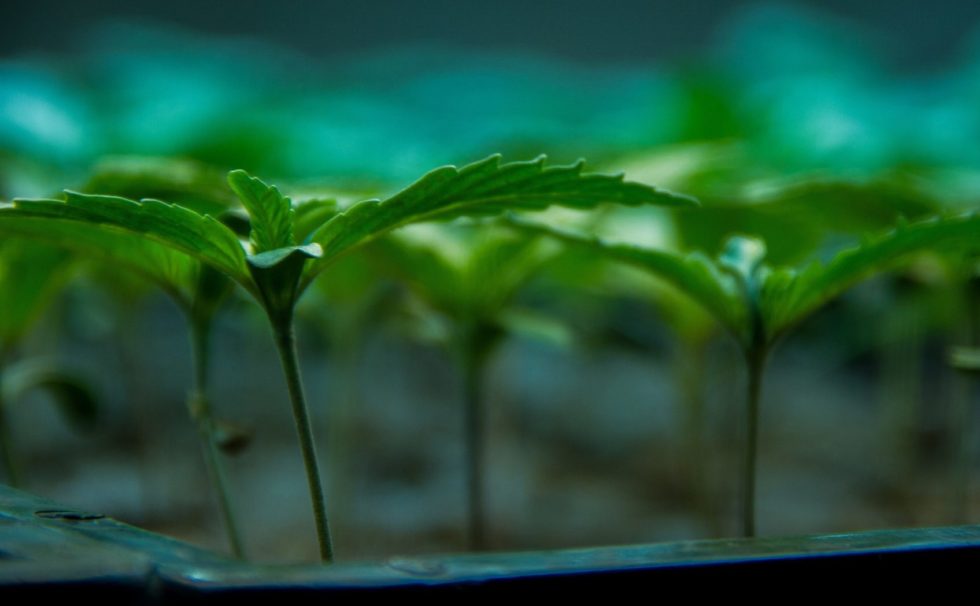
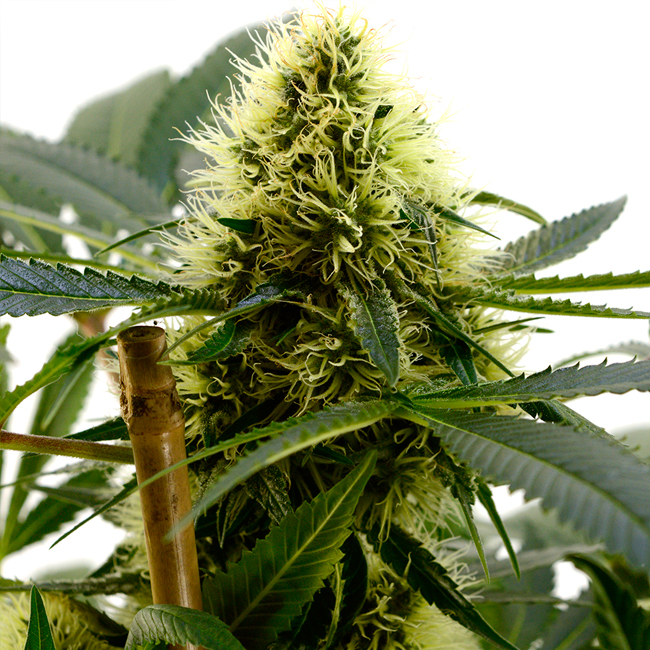

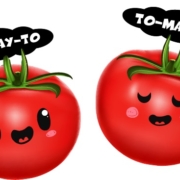

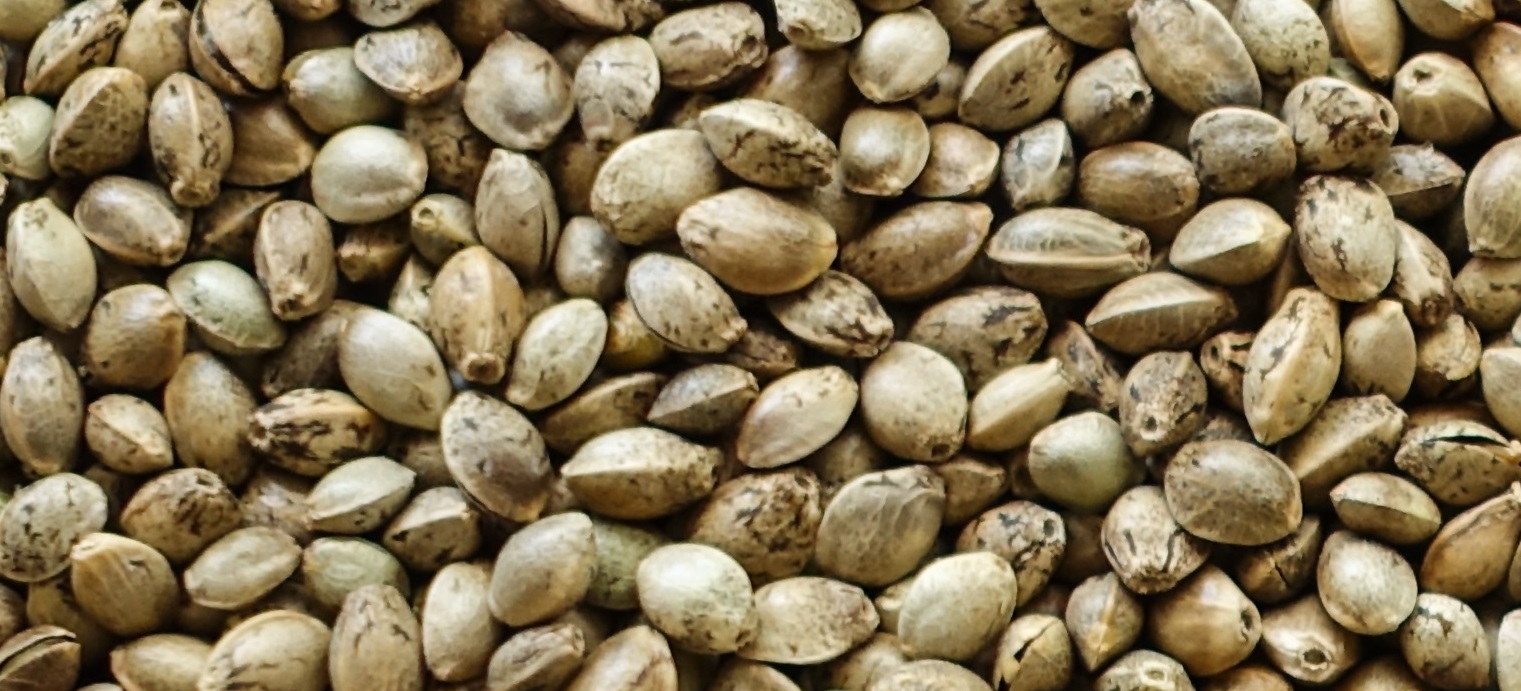
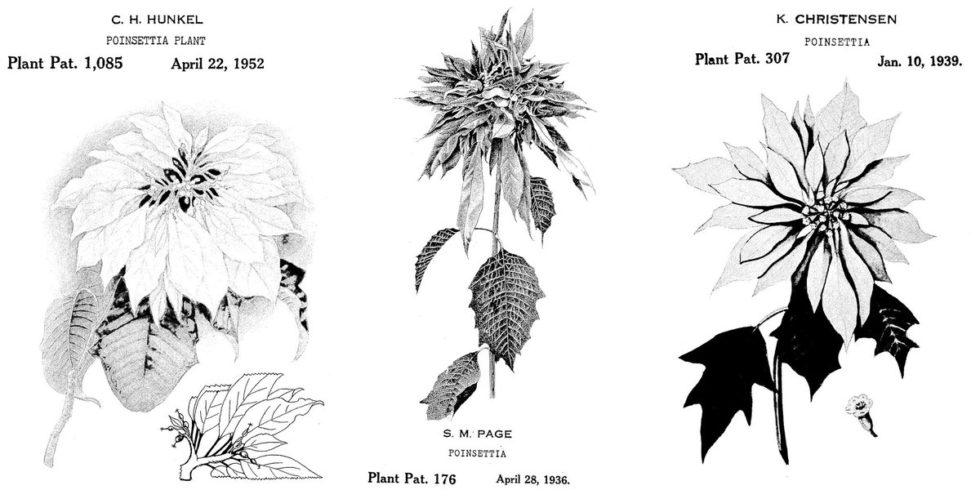

Leave a Reply
Want to join the discussion?Feel free to contribute!